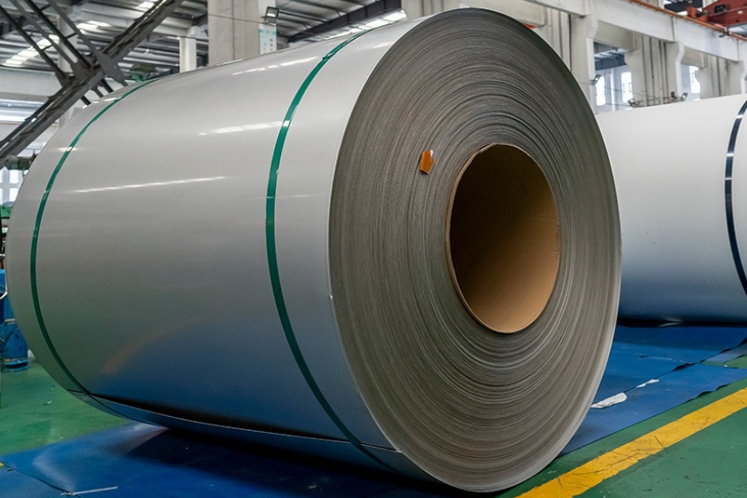
1. Density
The density of carbon steel is slightly higher than that of ferrite and martensitic stainless steel, but slightly lower than that of austenitic stainless steel;
2. Resistivity
The resistivity increases in the order of carbon steel, ferrite, martensitic and austenitic stainless steel;
3. The order of linear expansion coefficient is similar, with austenitic stainless steel having the highest and carbon steel having the lowest;
4. Carbon steel, ferrite and martensitic stainless steel are magnetic, while austenitic stainless steel is non-magnetic. However, magnetism will be generated when it undergoes cold working and hardening to form a martensitic phase transformation. Heat treatment can be used to eliminate this martensitic structure and restore its non-magnetic nature.
Compared with carbon steel, austenitic stainless steel has the following characteristics:
(1) High resistivity, about 5 times that of carbon steel.
(2) Large linear expansion coefficient, 40% larger than that of carbon steel, and the value of the linear expansion coefficient increases accordingly with increasing temperature.
(3) Low thermal conductivity, about 1/3 of that of carbon steel.